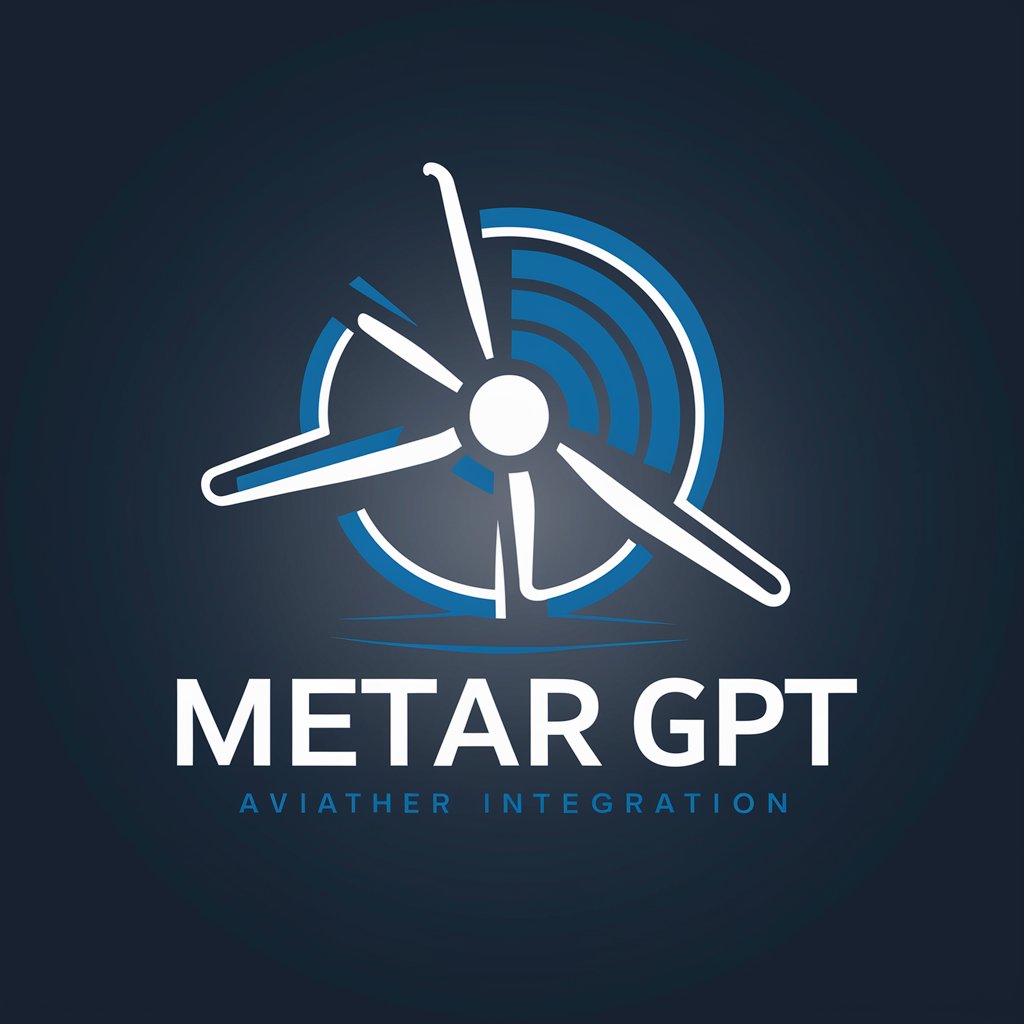Sprint Calendar - Structured Project Planning

Welcome to Sprint Calendar, your tool for efficient project planning.
AI-Powered Sprint Planning Tool
Generate a calendar for the year...
Calculate the start and end dates for...
List the cycles and sprints for...
Determine the release dates for...
Get Embed Code
Overview of Sprint Calendar
The Sprint Calendar is a specialized tool designed for time management and project planning, particularly in the context of Agile and Scrum methodologies. Its core functionality revolves around dividing the year into 13 cycles of 28 days each, thereby creating a structured framework of 26 sprints, with each sprint spanning 14 days. This division allows for predictable and consistent planning intervals that are essential for iterative development and project tracking. The calendar is tailored to provide detailed insights for each day, including the day of the year, date, weekday, cycle number, day of the cycle, day of the sprint, sprint number, and the start and end dates of each sprint. Additionally, it marks weekends and designates 'Release' days with 'STAG' (end of the first sprint in a cycle) and 'PROD' (end of the second sprint) to facilitate release planning. For example, a project manager can use this calendar to outline the entire project timeline, assign tasks for each sprint, and set milestones for STAG and PROD releases, ensuring a clear roadmap and deadlines for the team. Powered by ChatGPT-4o。

Core Functions of Sprint Calendar
Yearly Planning
Example
A software development team uses the Sprint Calendar to plan their work for the upcoming year, breaking down their project into 26 sprints. Each sprint is dedicated to specific tasks, with STAG and PROD releases marking the culmination of each cycle's efforts.
Scenario
This function is crucial in environments where projects are complex and require continuous delivery, allowing teams to maintain a steady pace and clear focus throughout the year.
Daily Task Management
Example
Each day is detailed with information such as the day of the sprint and cycle, helping team members understand their progress and what is expected by the end of the sprint.
Scenario
Ideal for daily stand-ups where teams discuss what was done the previous day, what is planned for today, and any blockers. This ensures everyone is aligned and can adjust tasks as needed.
Release Planning
Example
The calendar marks 'STAG' and 'PROD' releases, assisting in the planning and execution of software deployments. Teams can align their development, testing, and deployment activities with these dates.
Scenario
Particularly beneficial for DevOps teams that require precise scheduling to manage deployments to staging and production environments smoothly.
Who Benefits from Using Sprint Calendar
Project Managers and Scrum Masters
These professionals can leverage the Sprint Calendar for project planning, tracking progress, and ensuring that the team adheres to deadlines. The structured sprint cycles facilitate the breaking down of projects into manageable tasks, making it easier to monitor progress and adjust plans as necessary.
Software Development Teams
Development teams benefit from the clear structure and predictability the calendar provides. It supports the Agile methodology, promoting iterative development, continuous delivery, and adaptability to change, making it easier for teams to plan, execute, and deliver projects efficiently.
DevOps Teams
For teams involved in continuous integration and continuous deployment (CI/CD), the Sprint Calendar's release planning feature is invaluable. It helps in scheduling and preparing for deployments, ensuring smooth transitions between development, staging, and production environments.

How to Use Sprint Calendar
Initiate Trial
Start by visiting yeschat.ai for a hassle-free trial. Access Sprint Calendar without the need for a login or ChatGPT Plus subscription.
Select Year
Choose the year for which you wish to generate the sprint calendar. The tool adjusts automatically to start from January 1st of the selected year.
Understand Layout
Familiarize yourself with the calendar layout, including columns for day of the year, date, weekday, cycle, day of the cycle, sprint number, and start/end dates of sprints.
Mark Releases
Utilize the 'Release' column to mark 'STAG' for the last day of the first sprint and 'PROD' for the last day of the second sprint of each cycle.
Export Calendar
Export the detailed annual calendar in Excel format for easy access and use in project management, software development, and time management.
Try other advanced and practical GPTs
Biology Helper
Empowering Learning with AI-Driven Biology Insights

METAR GPT
Decoding Weather with AI Power

Betty for Musicians
Empowering musicians with AI-driven advice

Slarty MapFast
Crafting Worlds with AI-powered Precision

Invest in the Stock Market
AI-Powered Insights for Smart Investing

Little Learner's Pal
Empowering Young Minds with AI

Business Morph Mentor
Empowering Business Decisions with AI

HALO1 - SHADOW WORK AI COMPANION
Illuminate Your Shadow, Empower Your Self

Anxiety Education
Empower Yourself Against Anxiety with AI

Hey George!
Your AI-Powered Gateway to GWU

The Language Odyssey
Immerse, Engage, Learn: AI-Powered Language Journeys

WP Content Marketing
Elevate Your Content with AI Insights

Frequently Asked Questions about Sprint Calendar
What is a sprint in the context of Sprint Calendar?
A sprint refers to a 14-day period used for planning and executing tasks. The year is divided into 26 such sprints within 13 cycles of 28 days.
Can I customize the weekends on the calendar?
Weekends are pre-marked as Saturday and Sunday being 'True' for weekends. Customization beyond this default setting is not directly supported.
How does the Sprint Calendar help in project management?
It aids in structuring project timelines, milestones, and deadlines within the framework of sprints and cycles, facilitating better planning and tracking.
Is the Sprint Calendar tool suitable for non-software projects?
Absolutely. While it's inspired by software development practices, the tool's structured approach to time management is beneficial across various project types.
How do the 'STAG' and 'PROD' labels function?
'STAG' marks the end of the first sprint of a cycle, focusing on testing stages, while 'PROD' concludes the second sprint, targeting production or final release.
